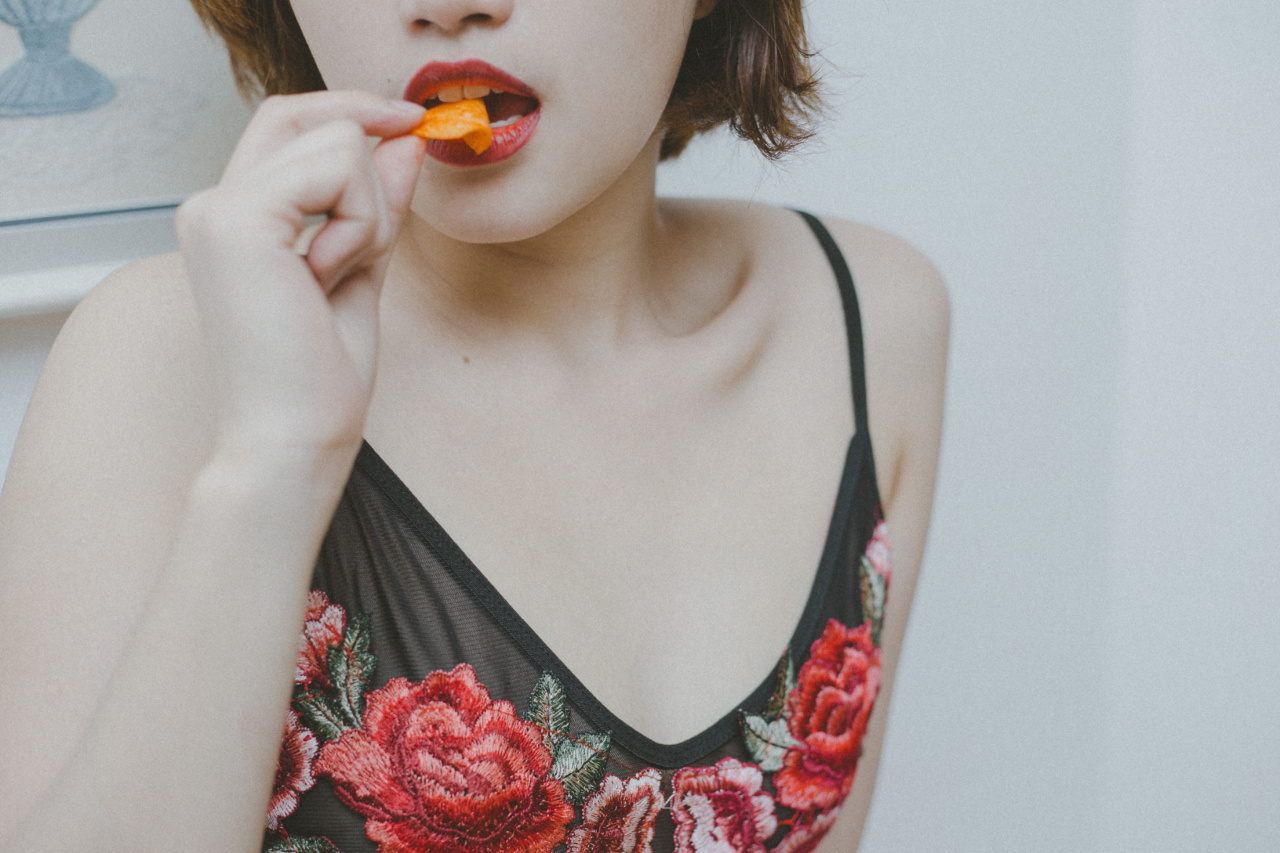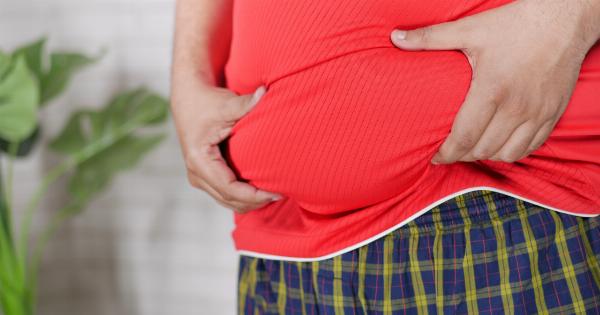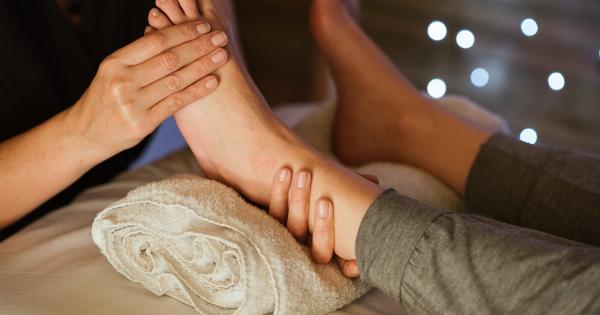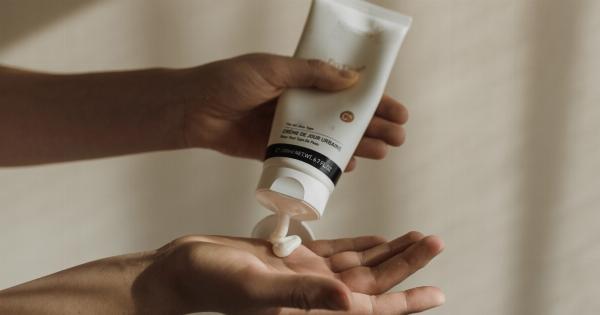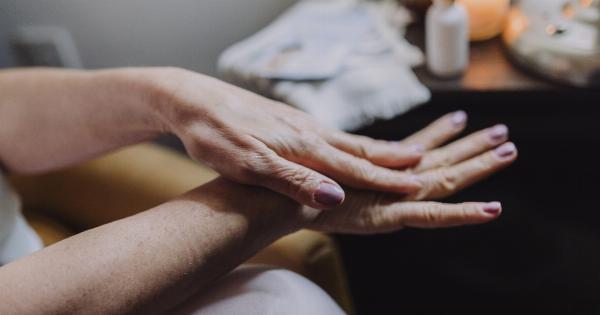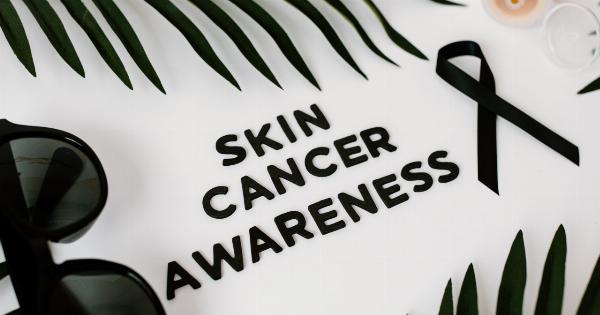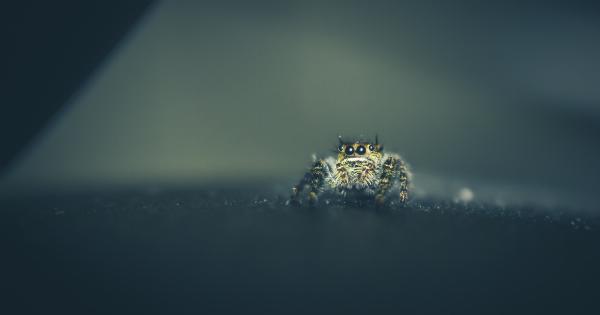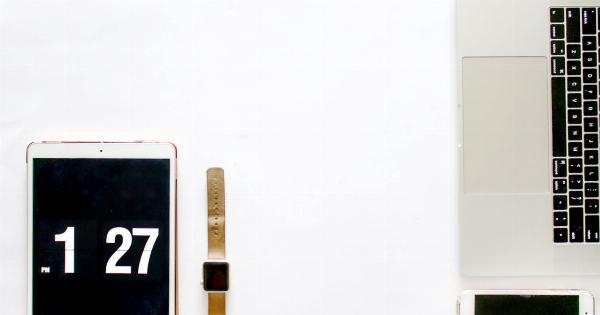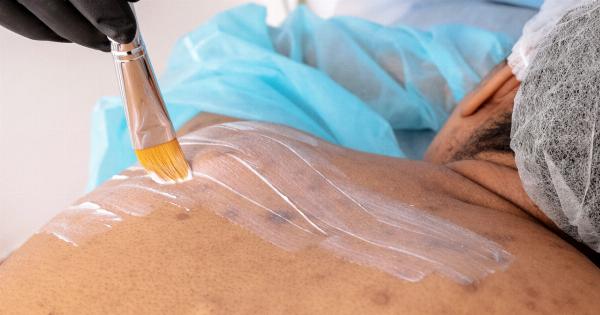Lipstick is a staple in every woman’s makeup bag. From vibrant reds to subtle nudes, lipstick can transform a look and boost confidence.
But have you ever wondered how much lipstick women actually consume over their lifetime? It might surprise you to learn that women unknowingly ingest a significant amount of lipstick throughout their years of wearing it.
The ingestion of lipstick
First, let’s address how lipstick is ingested. While it’s not intentional, women tend to consume lipstick in various ways. The most common methods include:.
1. Lip licking and eating
It’s natural for our lips to become dry, prompting us to lick them for moisture. However, this habit intensifies when we wear lipstick.
The constant reapplication of lipstick can lead to unconsciously licking or biting our lips, resulting in the ingestion of small amounts of lipstick.
2. Drinking and eating with lipstick on
Whether it’s a cup of coffee, a bite of food, or a sip of water, women often forget to remove their lipstick before eating or drinking. This causes the lipstick to transfer onto food and beverages, which is then consumed by the wearer.
3. Absorption through the skin
While not a direct ingestion method, some lipstick ingredients can be absorbed through the skin. Lips have a thin and delicate layer of skin, making it easier for substances to penetrate and enter the body.
The average amount of lipstick consumed
Various studies have been conducted to determine the average amount of lipstick consumed by women throughout their lifetime.
While the results may vary, most studies conclude that women ingest approximately 2-3 kilograms (4.4-6.6 pounds) of lipstick over their lifetime.
The ingredients in lipstick
To understand the potential implications of consuming lipstick, it’s essential to examine its ingredients. Common lipstick ingredients include:.
1. Pigments and dyes
Lipstick relies on pigments and dyes to provide color. These pigments are often made from minerals or synthetic compounds that can be safe for external use but may have adverse effects when ingested in large quantities.
2. Wax and oils
Wax and oils are used to give lipsticks their texture and consistency. These ingredients include beeswax, carnauba wax, castor oil, and mineral oil.
While generally safe for external use, excessive ingestion of these ingredients may cause digestive discomfort.
3. Preservatives and fragrance
Preservatives like parabens and fragrance compounds are added to increase the shelf life of lipsticks and enhance the overall experience. However, some individuals may have sensitivities or allergic reactions to these ingredients.
The safety of lipstick consumption
Experts in the cosmetic industry assert that the small amount of lipstick ingested by women is unlikely to cause significant harm. The majority of lipstick ingredients are approved by regulatory bodies, such as the U.S.
Food and Drug Administration (FDA) and the European Union’s Scientific Committee on Consumer Safety (SCCS).
Minimizing lipstick ingestion
While the consumption of lipstick is inevitable, there are measures women can take to minimize ingestion:.
1. Be mindful of lip licking
Conscious effort to avoid excessive lip licking can reduce the amount of lipstick ingested unintentionally. Keeping lips moisturized with lip balm can also mitigate the need to lick them.
2. Remove lipstick before eating or drinking
Remembering to remove lipstick before consuming food or beverages can prevent the transfer of lipstick onto these items and subsequent ingestion.
3. Choose lipsticks with safer ingredients
Opting for lipsticks with natural or organic ingredients can potentially reduce the risk associated with lipstick ingestion. Reading labels and choosing brands that prioritize safety and quality can be beneficial.
Conclusion
Even though women consume a significant amount of lipstick throughout their lifetime, the overall risk of harm is minimal. Lipsticks are rigorously tested and regulated to ensure consumer safety.
By being mindful of their habits and choices, women can enjoy lipstick without undue concern.
